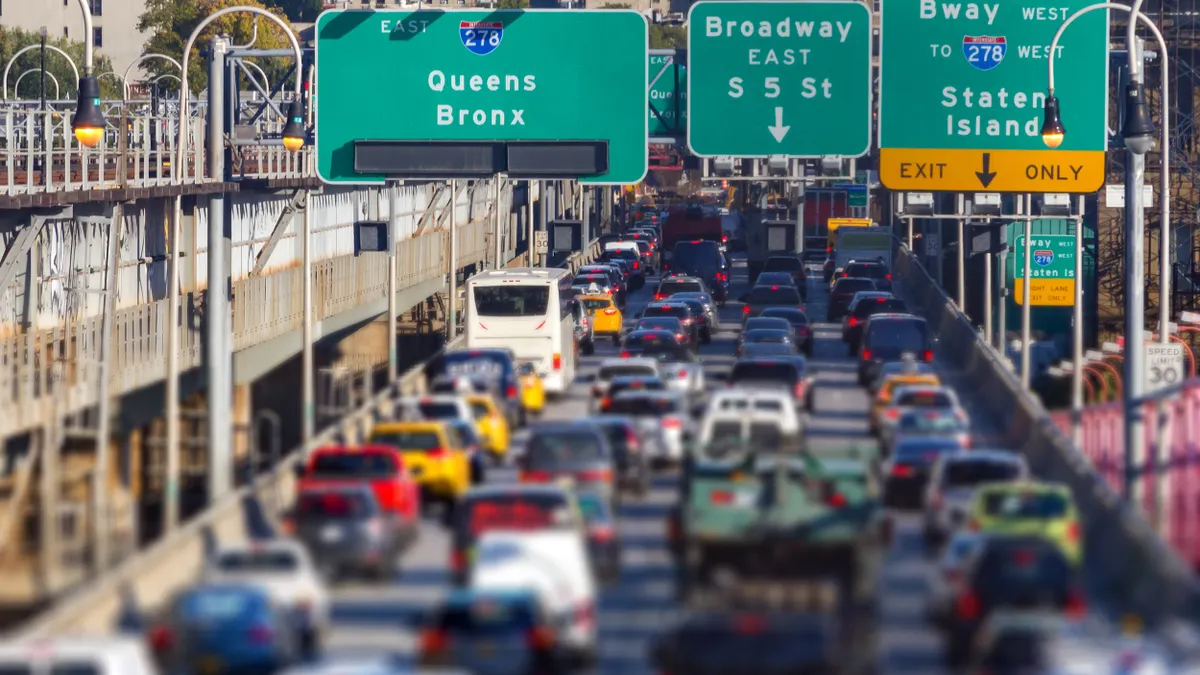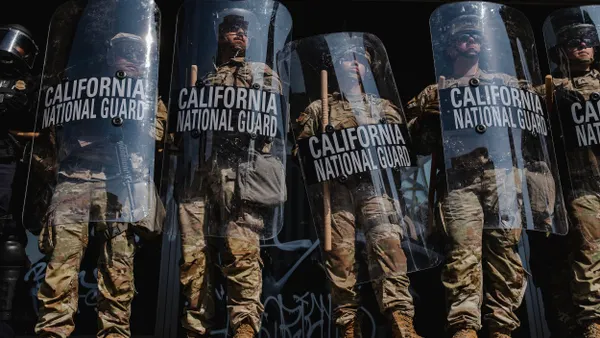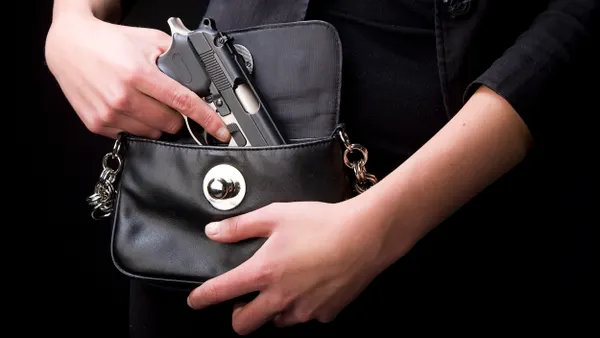Dive Brief:
-
President Donald Trump signed an executive order June 6 to advance U.S. drone capabilities by accelerating integration into the National Airspace System, supporting domestic manufacturing and streamlining regulatory processes.
-
“Unleashing American Drone Dominance” directs the U.S. Transportation Secretary to issue a proposed rule to standardize remote flights beyond sight of the operator for commercial and public safety drones within 30 days and publish that rule within 240 days. It also directs the Federal Aviation Administration to deploy AI tools to streamline and expedite waiver reviews for drones.
- This will fuel “one of the most significant technological advances for law enforcement in decades,” said Charles Werner, director of public safety drone network DroneResponders.
Dive Insight:
Police Drone as First Responder, or DFR, programs send camera-equipped drones to respond to 911 calls, giving officers a view of the scene before they arrive.
The Chula Vista, California, police department, which launched the first DFR program in 2018, calls it “a transformational method of policing that has demonstrated the ability to increase officer and community safety and reduce overall police response times.”
Chula Vista Police Chief Roxana Kennedy cited drones as one of her most important tools for improving situational awareness and de-escalating dangerous situations, according to a Chula Vista police department web page.
“The most valuable piece of this asset is that true situational awareness that helps officers make better decisions because they have a better picture of what’s going on before they get on scene,” said Lieutenant William Hutchinson of the Palm Springs Police Department, which launched the largest radar-enabled DFR program in the U.S. — covering 37 square miles — in May.
Hutchinson said Palm Springs officers love the program. “They know they’re safer. They can calm down. They can think a little bit slower but more methodically and more tactically because they know where the people are on these calls and what they’re getting into,” he said.
There are now about 260 DFR and 7,000 public safety drone programs in the U.S., Werner said. He is hopeful that standardizing the Beyond Visual Line of Sight rule, which can impose additional restrictions on drones when they’re flying beyond the operator’s direct line of sight, will allow police and other public safety departments to operate DFR programs without filing waivers. This would “open the floodgates” for more drone programs, he said.
Werner said the White House began making inquiries about the waiver process about three months ago, and since then the FAA has accelerated the time it takes to approve DFR waivers from about 11 months to a day or two. “The FAA has reported upwards of over 20 DFR applications in a single day,” he said. As of Wednesday, Werner said 260 DFR waivers have been approved and 78 more were in process.













